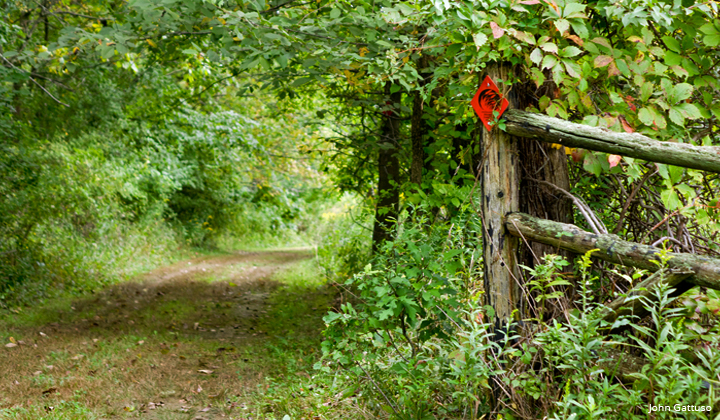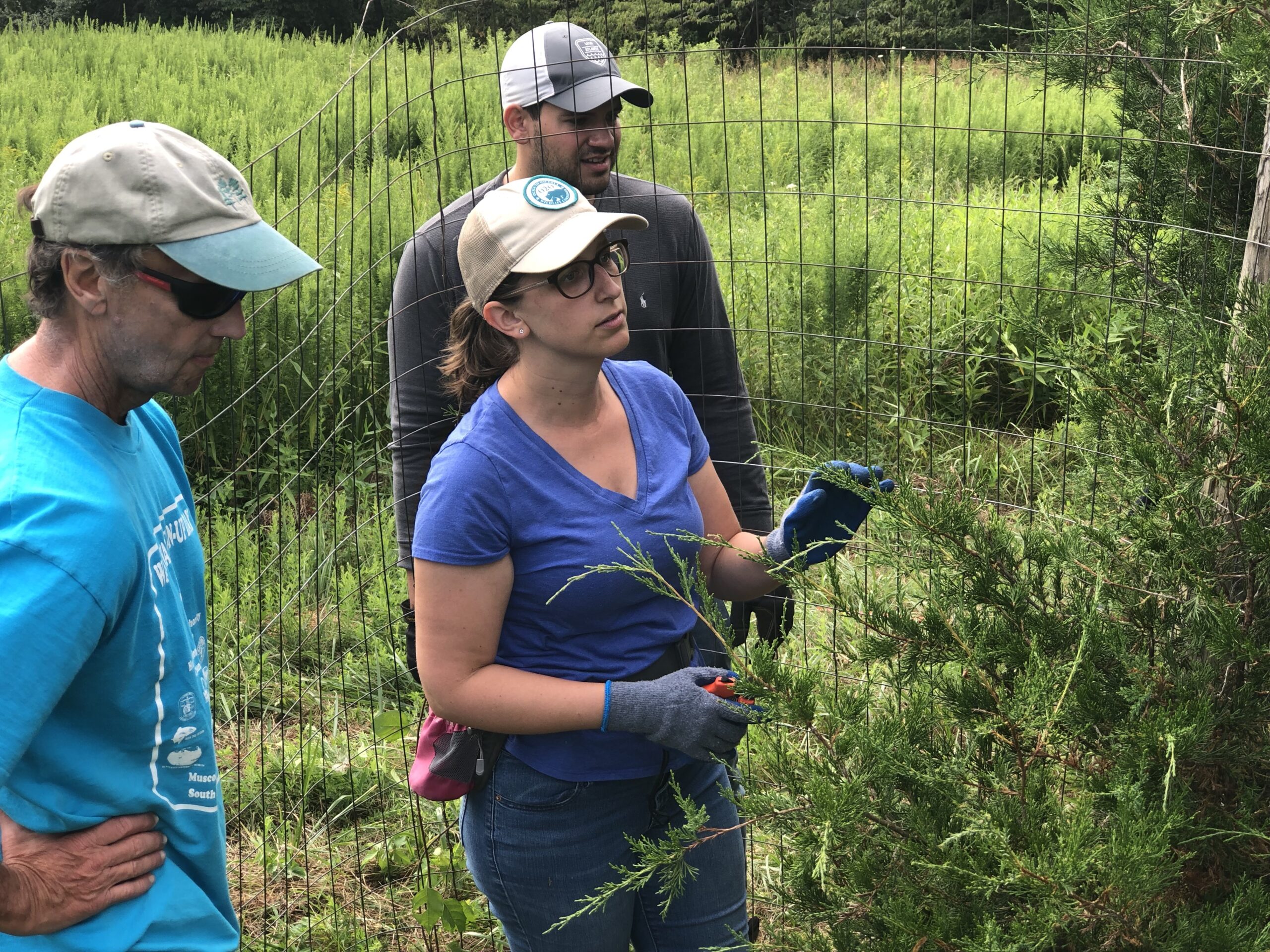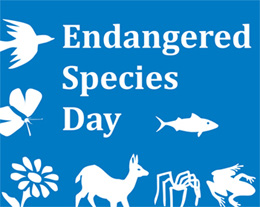Hunterdon Land Trust Land Steward Kristin Winters hands Lea-Jade a steel weed wrench. Even though the device weighs about 15 pounds and stands 39 inches high – more than half the height of the eighth-grade girl holding it – she isn’t the least bit intimidated. She clamps the jaws of the orange-colored wrench around the root of some multiflora rose – a particularly prevalent plant that invades fields and crowds out native plant species – before giving it a good tug.
“Pull back a little bit farther … a little more,” Kristin coaches. The girl leans back until a ripping sound and a pop signal the root getting yanked from the earth. “Great work! That one’s definitely out of the ground. Now do you want to show Jack how to use it?”
This summer HLT worked with several groups of young teens from the Center for FaithJustice in Lawrenceville, teaching the next generation how to protect the places we love and helping instill a deep appreciation for the environment.
The kids traveled to the Dvoor Farm and Quakertown Preserve in Franklin Township as part of the Center for FaithJustice’s summer program that aims to promote social justice.
Julia Amting arrived here from her home state of Michigan to volunteer to serve as a group leader for CFJ. She said this Catholic-based program is geared toward teaching kids about social justice by having them work with several organizations – like HLT – that are working to make their community a better place. “They’re learning that taking care of the environment is an important part of social justice,” she said.
At Quakertown, the middle-school students learned how to stay safe on the preserve and to identify ticks and poison ivy. Kristin also taught them how to safely use loppers and pruners, and the best way to cut and dispose of the multiflora rose, which straddled the areas between the woods and fields.
The youngsters also helped with HLT’s ash tree inventory, monitoring the damage posed by the exotic invasive Emerald Ash Borer, a bug that is killing ash trees throughout the state. Documenting the location and condition of trees on HLT preserves will help HLT determine how to confront the EAB threat.
Kristin led the group into the Bodine Woods and taught the kids to look for diamond-shaped bark and compound leaves of five, seven or nine leaflets. When the kids correctly identified an ash tree, they tagged the tree, while another recorded the results on a spreadsheet.
During their hikes at Quakertown and Dvoor, Kristen would point out various plants and creatures of interest. A praying mantis drew a collection of “oohs” and “ahhs.” She taught them to spot the differences in the bark of a number of trees — including a large sycamore on the Dvoor Farm – and encouraged them to smell invasive mugwort to discover its strong, spicy aroma.
The kids proved quite knowledgeable about their environment, having learned about invasive plants in their middle school science classes.
“I was surprised by how much they knew,” said Julia, a sophomore at Central Michigan University. “They seem to be learning a lot more in middle school about the environment around them, than even I did when I was in middle school.”
Lea-Jade, the first student who handled the weed wrench, said her favorite part of the day was using the tool. “That was a lot of fun,” she said. “I also liked learning about the different species that are bad for the land.”
“I think it’s great that these kids could take something that they learned in the classroom and be able to apply it to the world around them. That’s important,” Kristen said. “The more they become involved in caring for our environment, the better it will be for them, the community and the world,” she added.



